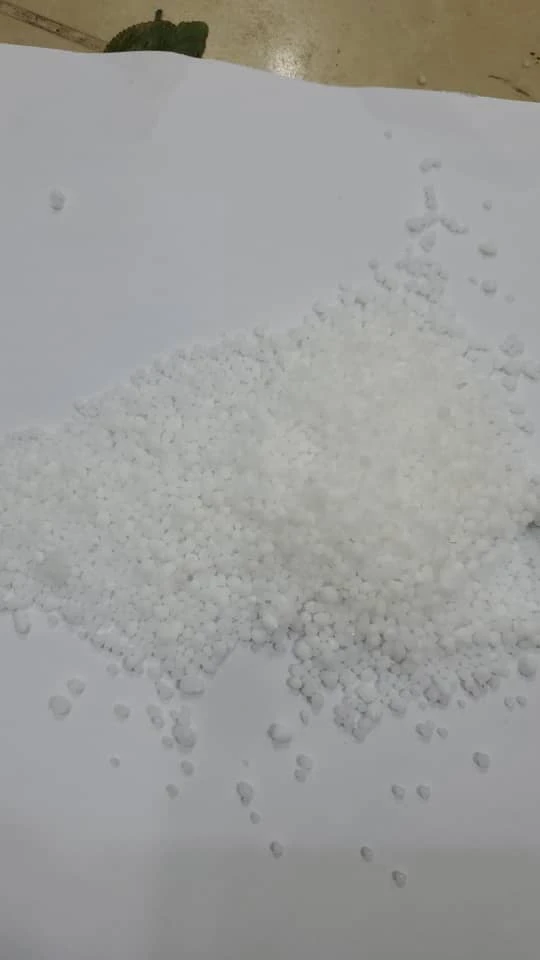



sodium hydroxide at home
The Uses and Risks of Sodium Hydroxide at Home
Sodium hydroxide, commonly known as lye or caustic soda, is a versatile and powerful alkaline substance that has a variety of applications in both industrial and household settings. While it is an essential ingredient in many industries, its use at home requires careful consideration due to its highly corrosive nature. This article explores the uses, benefits, and safety precautions associated with sodium hydroxide when employed in household tasks.
What is Sodium Hydroxide?
Sodium hydroxide is a chemical compound made up of sodium (Na), oxygen (O), and hydrogen (H). In its pure form, it appears as a white, odorless solid. It is highly soluble in water, and its strong alkalinity makes it an effective substance for various applications. Sodium hydroxide is available in different forms, including flakes, granules, and solutions, which can be easily found in stores or online.
Common Household Uses
One of the primary uses of sodium hydroxide at home is as a drain cleaner. Its powerful ability to break down grease, hair, and other organic materials makes it highly effective for unclogging pipes. When mixed with water, sodium hydroxide generates heat, which aids in dissolving tough blockages. However, caution must be exercised due to its corrosive properties, as improper use can damage plumbing fixtures and pipes.
Sodium hydroxide is also a crucial ingredient in soap making. When combined with fats or oils in a process known as saponification, it allows for the production of soap. Many DIY enthusiasts appreciate the ability to create custom soaps using natural ingredients, and sodium hydroxide is often the key element in this process. However, safety precautions must be strictly followed, as handling lye improperly can result in severe burns.
Another application of sodium hydroxide is in the cleaning of household surfaces. Its strong alkaline nature makes it effective for removing stains, grease, and grime from various materials. Many commercial and homemade cleaning solutions contain sodium hydroxide for its cleaning power. However, it is important to use it appropriately, as it can damage delicate surfaces or fabrics if not diluted correctly.
Safety Precautions
sodium hydroxide at home

While sodium hydroxide is useful, it is crucial to handle it with care to avoid accidents and injuries
. The following safety precautions should be observed when using this chemical at home1. Protective Gear Always wear protective gear when handling sodium hydroxide. This includes gloves, goggles, and a mask to prevent exposure to skin, eyes, and lungs. The chemical can cause severe burns, and inhaling its vapors can lead to respiratory issues.
2. Proper Ventilation Ensure that the area where sodium hydroxide is being used is well-ventilated. This is particularly important when creating cleaning solutions or during soap making, as fumes can be hazardous.
3. Dilution Always add sodium hydroxide to water, never the other way around. Adding water to lye can cause a violent reaction, resulting in splashing and potential injury. A safe ratio should be maintained, and it's wise to follow specific guidelines from reputable sources.
4. Storage Keep sodium hydroxide out of reach of children and pets. Store it in a clearly labeled container that is resistant to corrosion. Ensure that the lid is secure to prevent accidental spills.
5. Emergency Preparedness Familiarize yourself with emergency procedures in case of accidental exposure or ingestion. Rinse affected areas with copious amounts of water and seek medical attention if necessary.
Conclusion
Sodium hydroxide can be a valuable tool for homeowners when used correctly and safely. Whether it's unclogging drains, making soap, or cleaning tough stains, its versatility is unmatched. However, understanding the risks and implementing safety measures is crucial to prevent accidents. By following proper handling techniques and precautions, individuals can harness the benefits of sodium hydroxide while minimizing potential dangers in the home environment. Always respect its power and treat it with caution, ensuring that household tasks are completed both effectively and safely.
-
Why Sodium Persulfate Is Everywhere NowNewsJul.07,2025
-
Why Polyacrylamide Is in High DemandNewsJul.07,2025
-
Understanding Paint Chemicals and Their ApplicationsNewsJul.07,2025
-
Smart Use Of Mining ChemicalsNewsJul.07,2025
-
Practical Uses of Potassium MonopersulfateNewsJul.07,2025
-
Agrochemicals In Real FarmingNewsJul.07,2025
-
Sodium Chlorite Hot UsesNewsJul.01,2025










